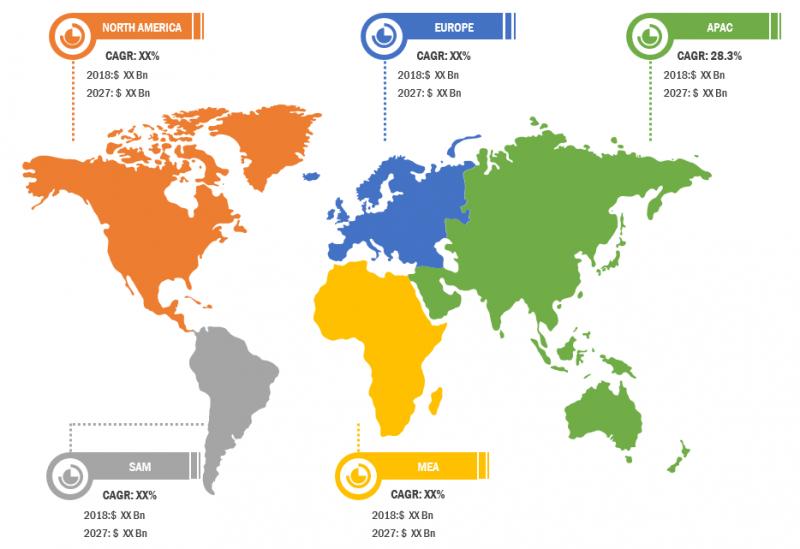The precision aquaculture benefits through farming operation repeatability, improving accuracy, facilitating autonomous and continuous monitoring, and offering reliable decision support. Moreover, it helps reduce dependency on manual operations and subjective assessments, thereby enhancing the staff safety. As per IEEE Xplore, aquaculture is likely to supply ~62% of fish for human consumption by 2030. Thus, the increase in yields of aquaculture across the world offers significant growth opportunities to the precision aquaculture market players.
Get Sample PDF Copy at https://www.theinsightpartners.com/sample/TIPRE00008032
Precision aquaculture involves various hardware and software components interconnected with each other. Sensors installed in the marine environment form a key part of these components as they monitor, interpret, analyze, and offer decision support for farm operations. A wide variety of sensors, such as acoustic, optical, and biological sensors, are used to gain insights into the farm environment, which assist in making decisions to enhance fish health and economic return, along with mitigating risk to the environment.
Increasing trend of smart fishing and growth in seafood trade are magnifying the demand for products required for the development of aquaculture infrastructure. Changes in the food consumption pattern worldwide are also contributing to the expansion and diversification of this industry. Besides, the growth of retail industry and the easy availability of aquaculture products through numerous channels propel the sales of these products. The vigorous and continuous growth of aquaculture in various prominent countries, such as Norway, China, India, and Indonesia, is driving the global precision aquaculture market.
Strategic Insights
The market players focus on new product innovations and developments by integrating advanced technologies and features in their products to compete with the competitors.
• In 2021, Scale Aquaculture AS had released FeedStation v. 2.4. It has now been integrated with UniteAQ. With FeedStation v.2.4, the logging can be done directly from FeedStation to UniteAQ with detailed data and without any additional software installed. The long-term plan is to include all relevant data and logging to the cloud, making a true IoT device-twin for FeedStation in UniteAQ.
• In 2020, SinkabergHansen purchased an AC 600 VR feed barge with new technology for waterborne feeding from AKVA group ASA.
The advancements in technologies are facilitating the transformation of traditional farming into automated aquaculture. Automated systems allow companies to minimize the labor costs and enhance productivity in farming. The rising government investments in technology-related research and infrastructure development is accelerating global market growth. The Internet of Things (IoT), Big Data, artificial intelligence (AI), cloud computing, and other smart technologies are supporting intelligent aquaculture. Advancements in smart feeding technologies and farming practices to enhance feed utilization efficiency are crucial for the sustainability of aquaculture. Thus, companies across the world are highly inclined toward designing smart feeding systems that detect the appetite of the fish to avoid underfeeding or overfeeding. However, lack of skilled workers and technology infrastructure, and high maintenance requirements of the equipment hinder the market growth.
Buy Complete Report at https://www.theinsightpartners.com/buy/TIPRE00008032
Media Contact
Company Name: The Insight Partners
Contact Person: Sameer Joshi
Email: Send Email
Phone: +1-646-491-9876
City: Pune
State: Maharashtra
Country: India
Website: https://www.theinsightpartners.com/reports/precision-aquaculture-market/

